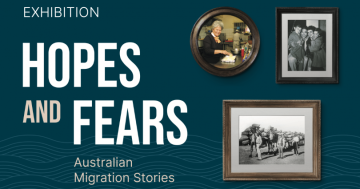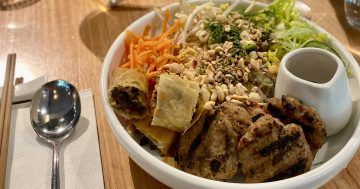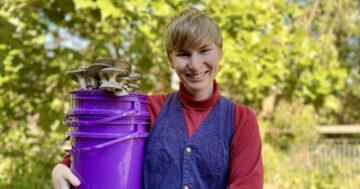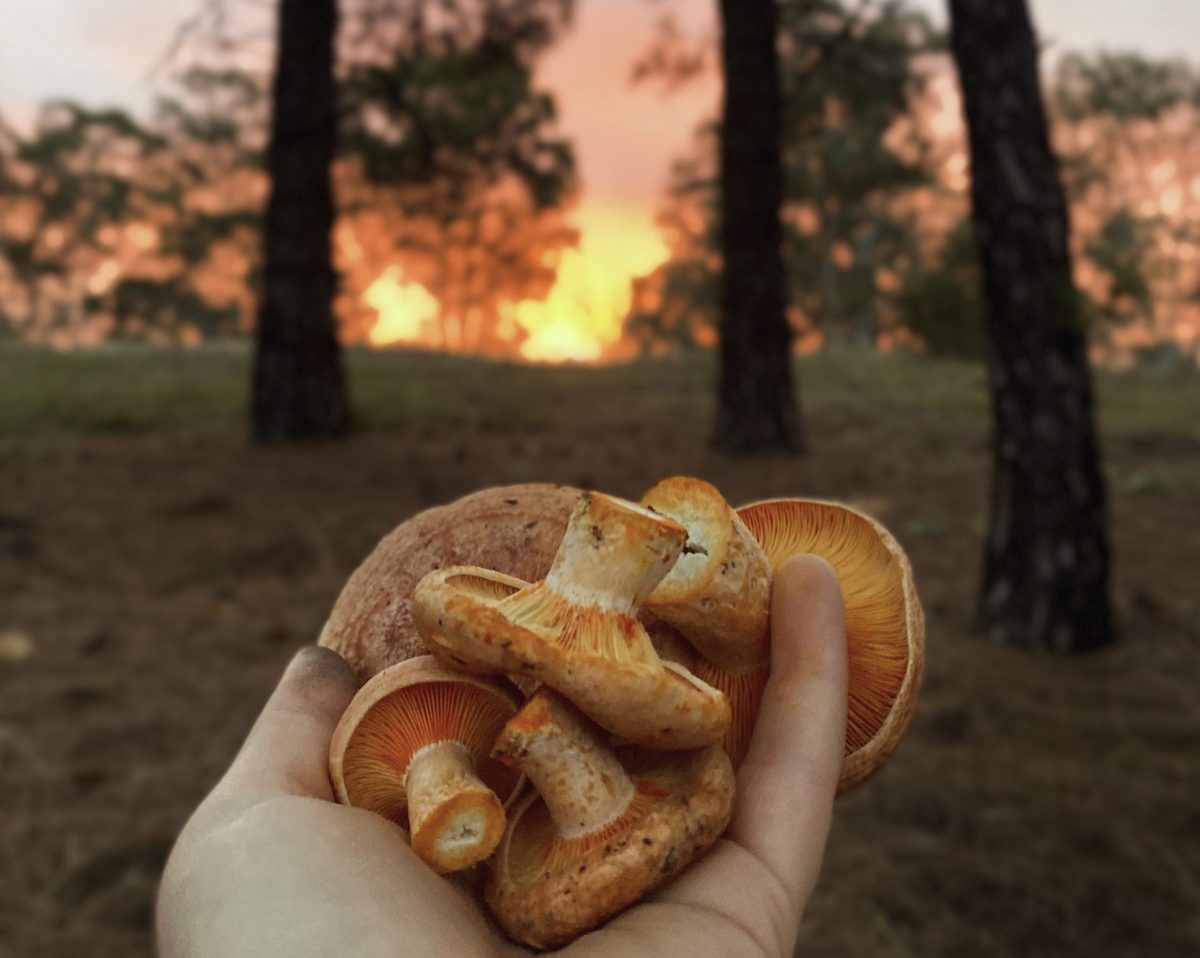
Saffron Milkcaps are a beginner friendly mushroom. Photo: Lucy Ridge.
When it comes to foraging in Canberra, especially when it comes to mushrooms, the official advice from ACT Health is pretty clear: Don’t do it.
But despite this hardline messaging, there’s a community of people who still enjoy looking for wild foods in the ACT. I’m one of them, and I reckon it’s time we rethink our fear of foraging.
I’ll start with the obvious disclaimer: this is an activity that can be dangerous. Severely toxic mushrooms like death caps grow in Canberra and even small amounts can cause serious illness or death, and other plants might be sprayed with toxic weed killers.
But there are also many benefits to foraging when done safely.

Government advice is to never eat wild mushrooms. Photo: ACT Government.
Foraging fosters a sense of curiosity about the natural world and increases connection to place and to the outdoors. I find that I am more aware of the weather and of the world around me, taking notice of ecosystems, trees and plant life.
I’ve recently been going for a walk especially to look for edible varieties of mushrooms.
I counted more than 10 different types of mushroom in Haig Park yesterday after only half an hour of walking. The majority of these were toxic or unknown to me, so I let them be. But I enjoyed learning about them, photographing them and looking up their names. And there were a couple of varieties I felt confident to harvest, after first triple checking them in a reference book, comparing against photos online, and with a fellow amateur mycologist friend.
I am also a member of mushroom identification groups on social media, and there are apps that can offer guidance as well.
And I never eat a mushroom I am not 100 per cent sure of: better to leave an edible mushroom behind than eat a toxic one!
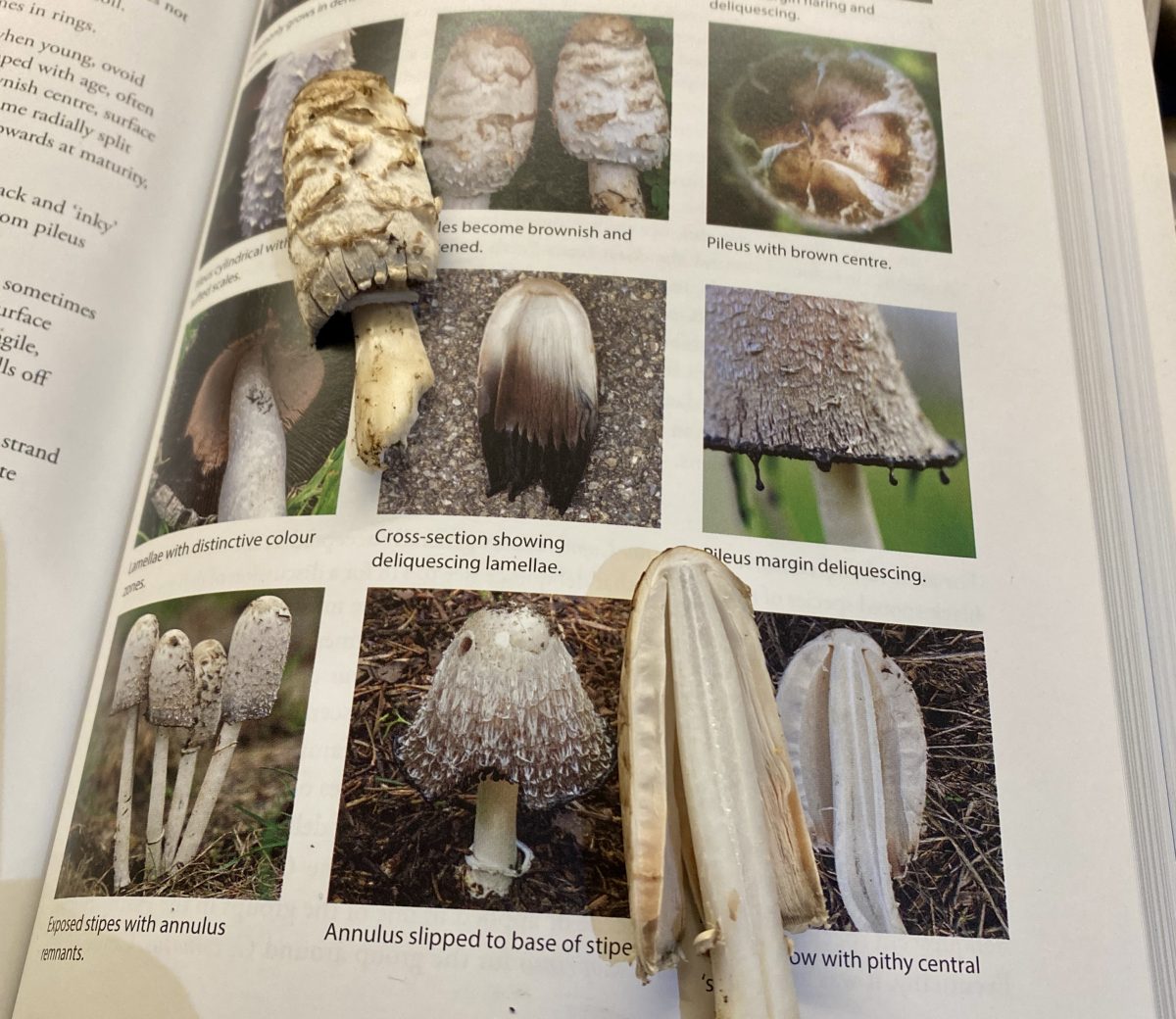
Mushroom identification books like “Wild Mushrooming” by Alison Pouliot and Tom May (pictured) can help identify different kinds of mushrooms. Photo: Lucy Ridge.
Not only did I collect free ingredients for a tasty, nutritious meal, foraging is good for overall health. Spending time outdoors and connecting with nature has positive benefits associated with increased exercise as well as mental health benefits, and even improved sleep patterns.
Some doctors in the UK are now offering ‘green prescriptions’ to improve the health of their patients, and the Japanese concept of ‘forest bathing’ for meditation and health is also increasing in popularity, especially among office workers who are otherwise stuck indoors all day.
Foraging has a long and important history, both in Australia and around the world.
Indigenous people are the world’s oldest foragers, although the impacts of colonisation and loss of traditional knowledge in Australia means that scientists are unsure of the toxicity of many native mushrooms. Most foragers look for introduced species like the beginner friendly saffron milkcap (lactarius deliciosus).
I would love to see the ACT Government take a similarly progressive attitude to foraging as they do to drug reform, acknowledging that no matter how often people are told ‘don’t do it’, some people will inevitably continue to partake. The pill testing site offers drug users a safer way to do so. A similar service for wild mushrooms could reduce the risks of foraging and introduce more people to this healthy, active, outdoor pastime.
Some European countries have licences for mushroom foraging which require a certain level of knowledge to attain, and in Switzerland people can take their haul to a pilzkontrollstellen (mushroom control point) for identification.
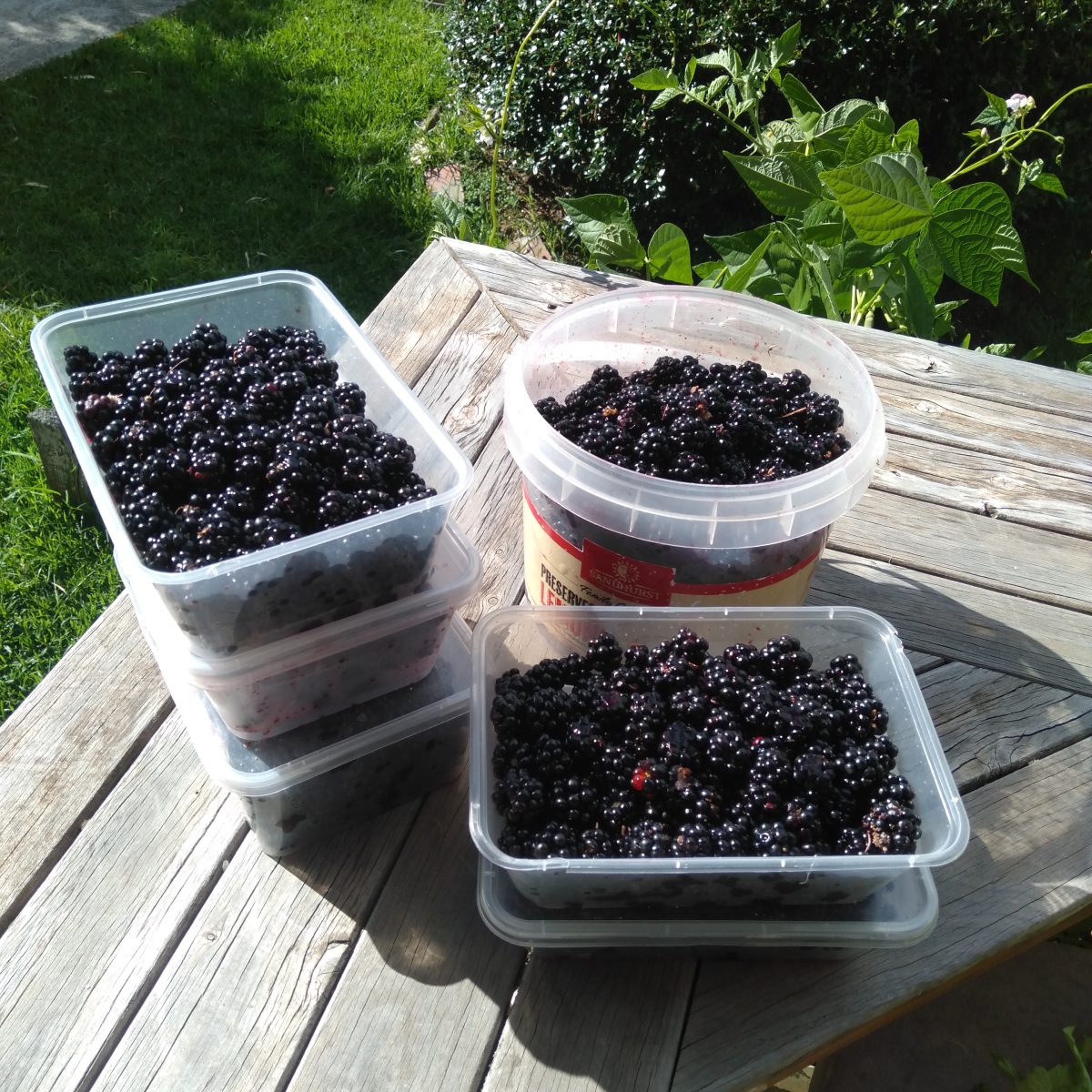
Blackberries are a favourite among Canberra foragers. Photo: Lucy Ridge.
At this time of year mushrooms are clearly on my mind, but there are so many other things to forage year round.
By picking blackberries in summer I am preventing seeds from this introduced pest spreading, so you could say I’m doing a public service: a sweet, delicious public service that tastes great with ice cream. But I’d love to see better communication from the government about weed spraying to know which areas have been affected in order to make this activity safer.
There are a myriad ways to connect with the natural world around you through foraging. Education and safety need to take priority, but when done right the results are delicious.











